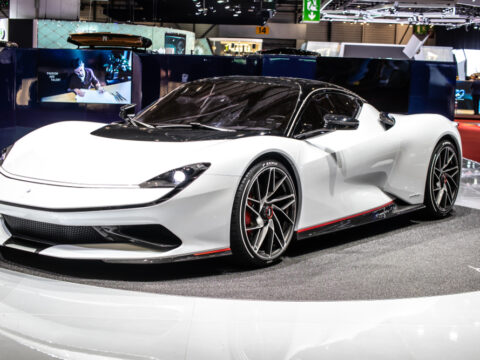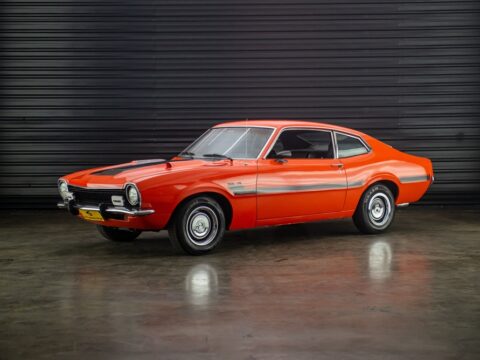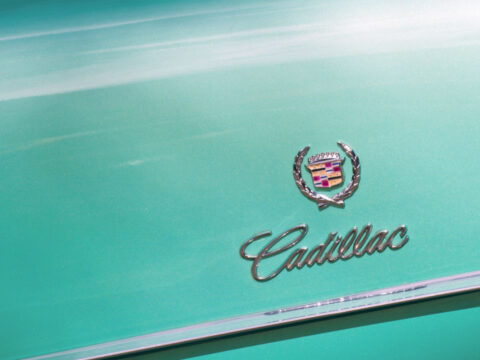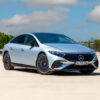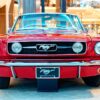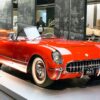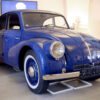There’s an element of risk and thrill intrinsic to motorcycles that, paradoxically, forms part of their irresistible allure. From the pulse-racing acceleration to the raw connection between rider and machine, motorcycling is a passion that brings joy to countless enthusiasts. However, some models have pushed these boundaries to such extremes that they’ve earned a perilous reputation.
This article explores a collection of motorcycles known for their daunting power, challenging handling, or technical eccentricities. While providing an unmatched adrenaline rush, these two-wheelers demand the highest respect and skill from their riders. As we delve into the stories behind these infamous machines, we will uncover the factors that have contributed to their reputation, highlighting the thin line that separates thrilling excitement from potential danger in the world of motorcycling.
Contents
Dodge Tomahawk
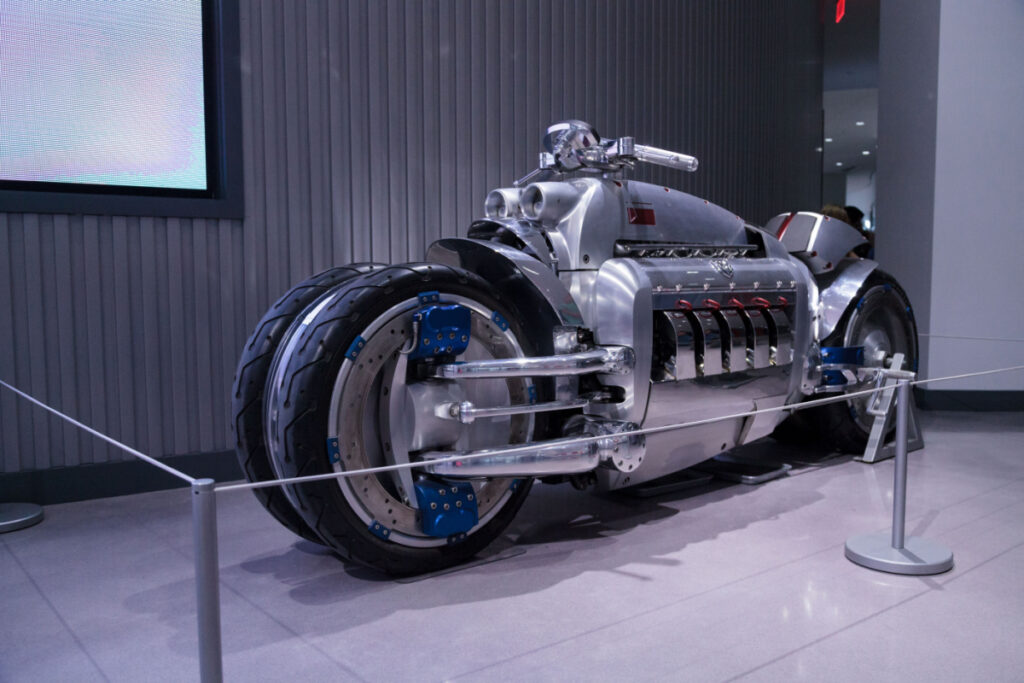
Unveiled as a concept at the 2003 North American International Auto Show, this beast packed an 8.3-liter V10 engine from a Dodge Viper. Dodge claimed it could reach speeds of 350 mph, but these claims were widely disputed. Although it’s not street-legal, a few were sold as “rolling sculptures.”
Suzuki Hayabusa
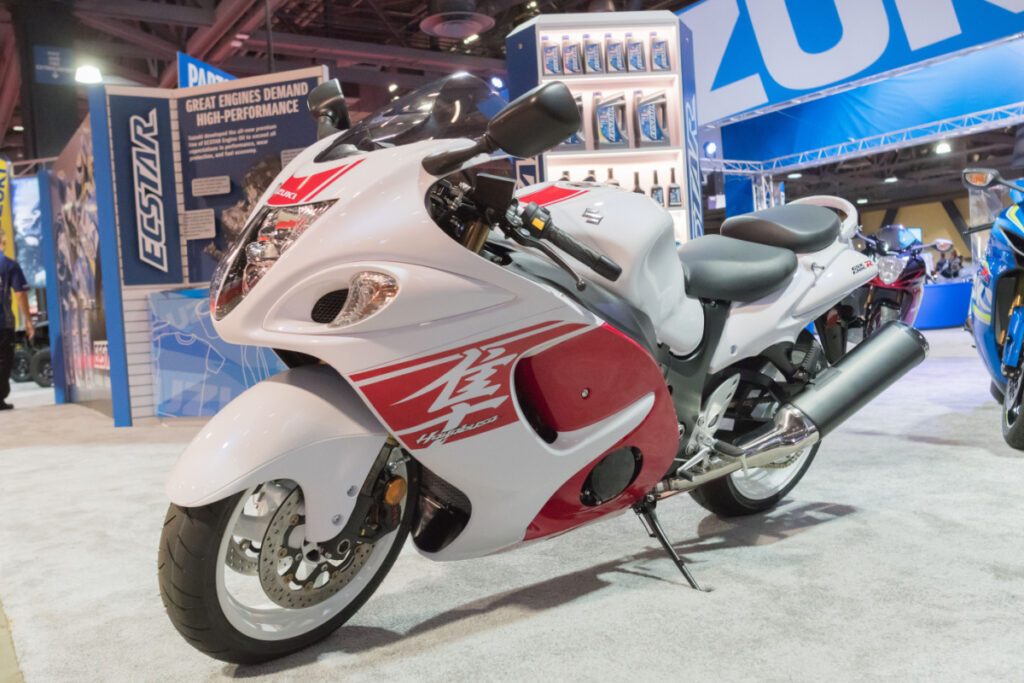
Known for its outstanding speed, the Hayabusa can reach over 190 mph. Its impressive power-to-weight ratio makes it a favorite among speed enthusiasts but also potentially dangerous for inexperienced riders. High-speed accidents involving Hayabusas have been well-documented over the years.
Yamaha YZF-R1
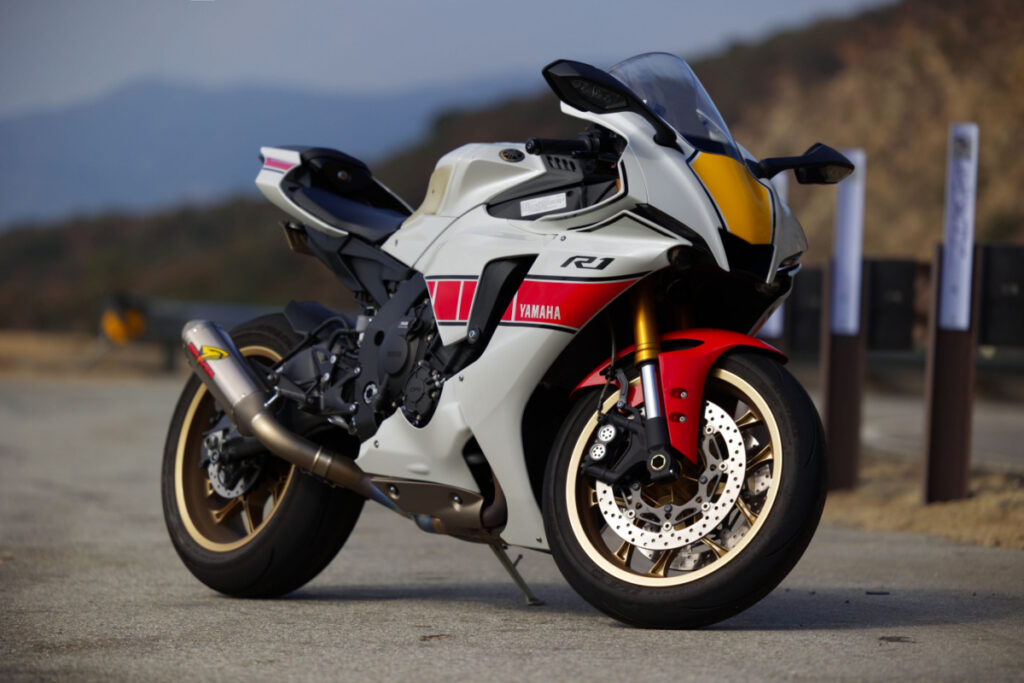
Introduced in 1998, the R1 quickly gained a reputation as a very fast and powerful sportbike. The early models, without modern electronic aids like traction control or anti-lock brakes, could be difficult to handle at high speeds, especially for less experienced riders.
Honda CBR1100XX Super Blackbird
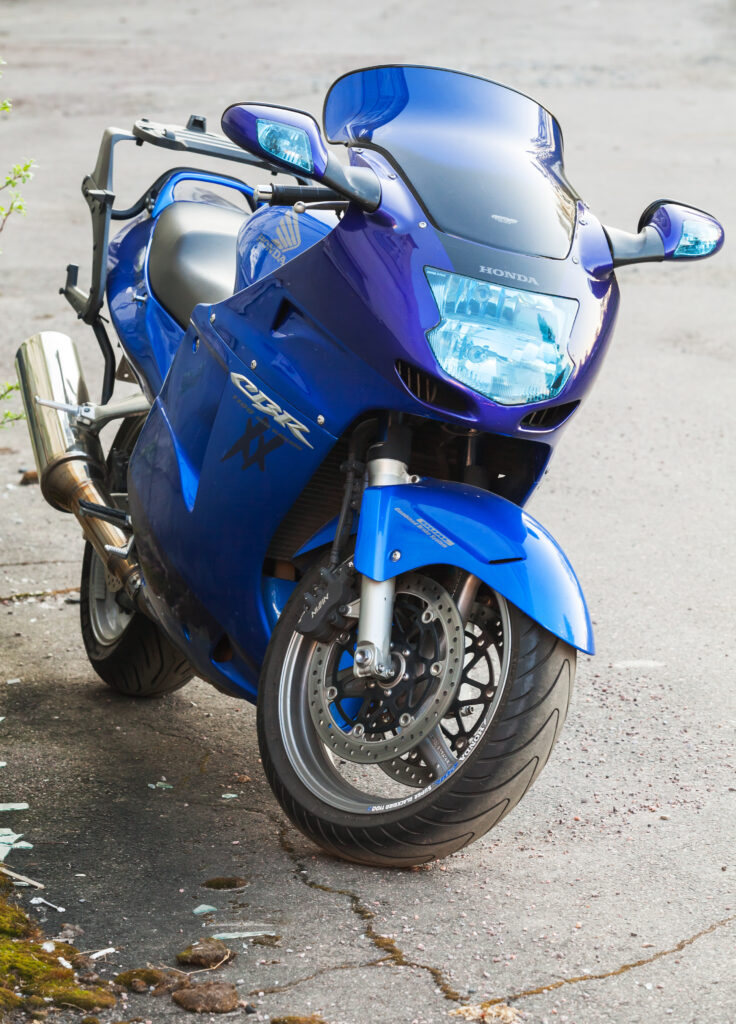
Introduced in the late ’90s, it was once the fastest production motorcycle in the world. The Super Blackbird could reach speeds of almost 190 mph, which, combined with its heavy weight, could make it challenging to handle for some riders.
Kawasaki ZX-14R

This motorcycle is known for its speed and power, boasting a top speed of over 185 mph. The bike’s quick acceleration and high top speed can catch less experienced riders off-guard, leading to potentially dangerous situations.
BMW S1000RR
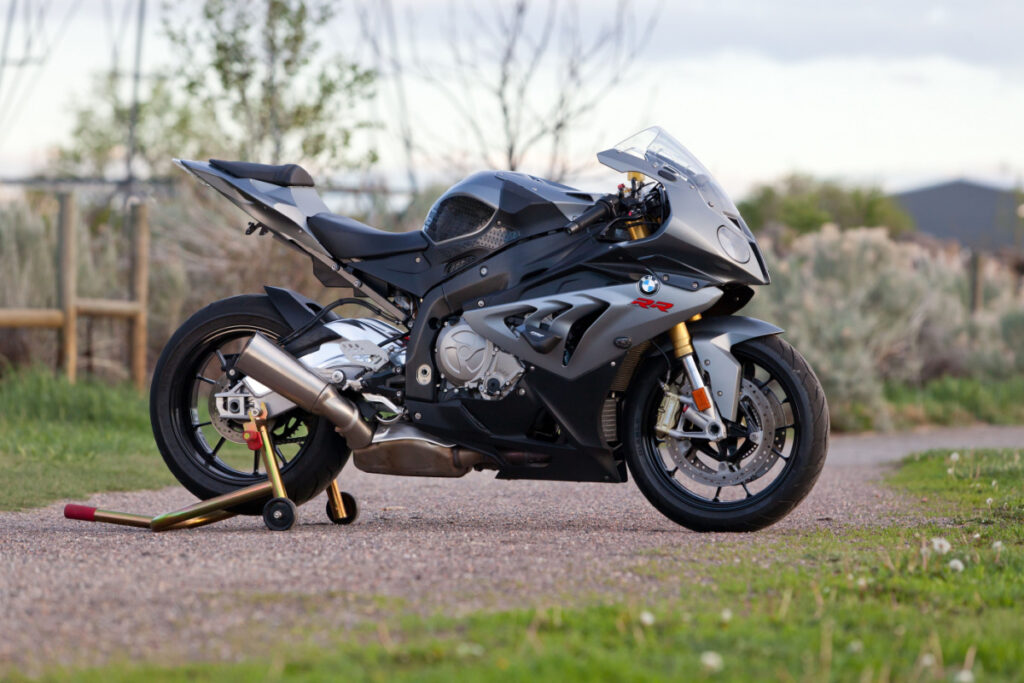
Although it’s a superbly engineered machine, the S1000RR’s 205 horsepower output and a top speed of nearly 186 mph make it a motorcycle that demands respect and experience to ride safely. It’s not uncommon for riders to be caught out by the bike’s extreme performance.
MV Agusta F4 1000R
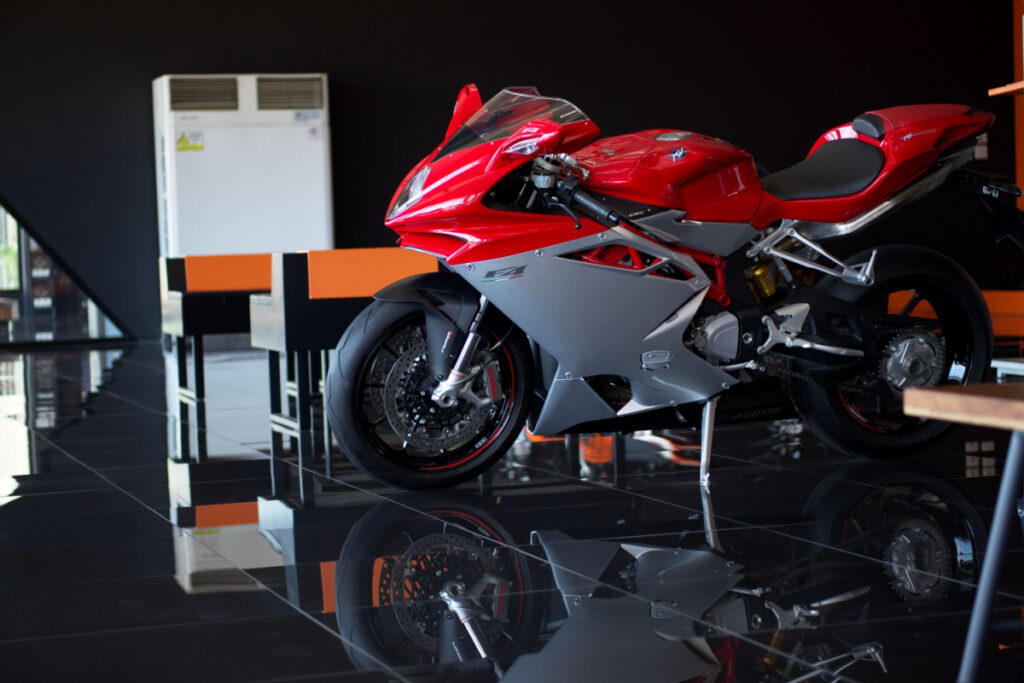
Known for its beauty and power, the F4 1000R could reach around 185 mph. Its strong power delivery and sharp handling characteristics require skilled handling, as the bike can be unforgiving to novice riders.
Ducati Desmosedici RR
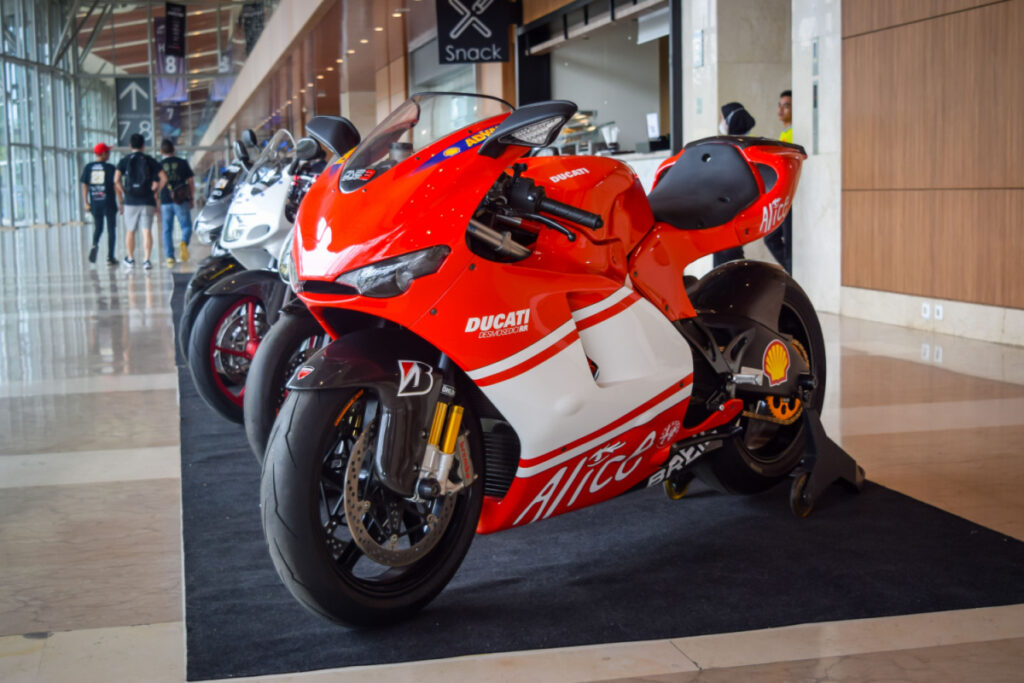
This road-legal version of Ducati’s MotoGP race bike was highly desirable but also incredibly powerful. It could reach a top speed of around 190 mph, and its race-bred handling characteristics could catch out less experienced riders.
Kawasaki Ninja ZX-10R
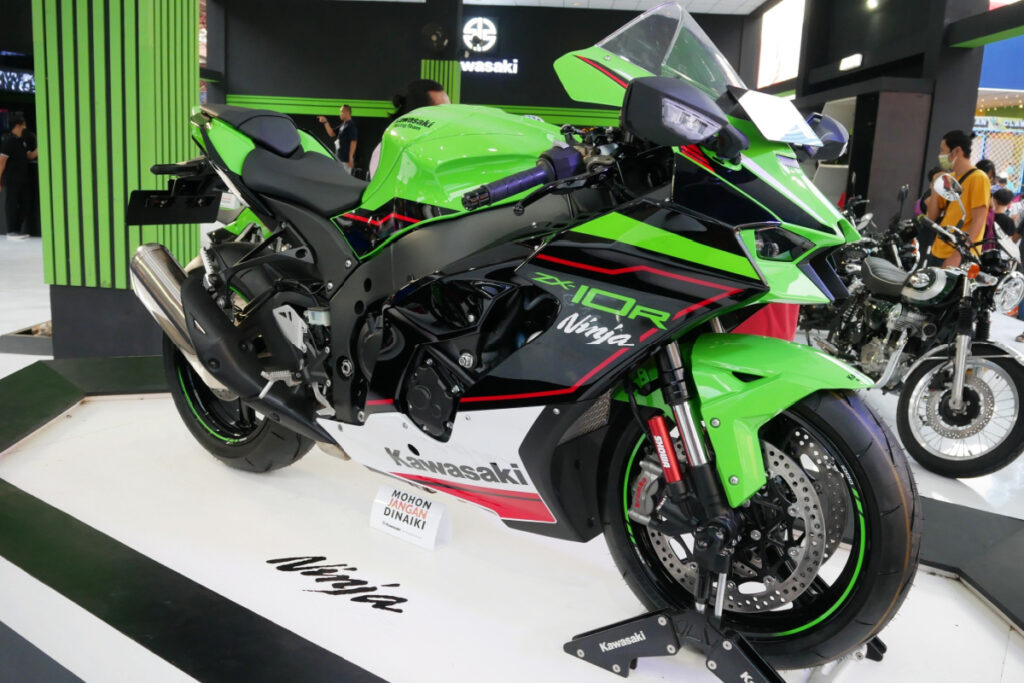
The 2004 and 2005 models were infamous due to their aggressive power delivery and twitchy handling, especially at high speeds. They were known as very fast bikes that demanded skill and respect from the rider.
Buell XB12S Lightning
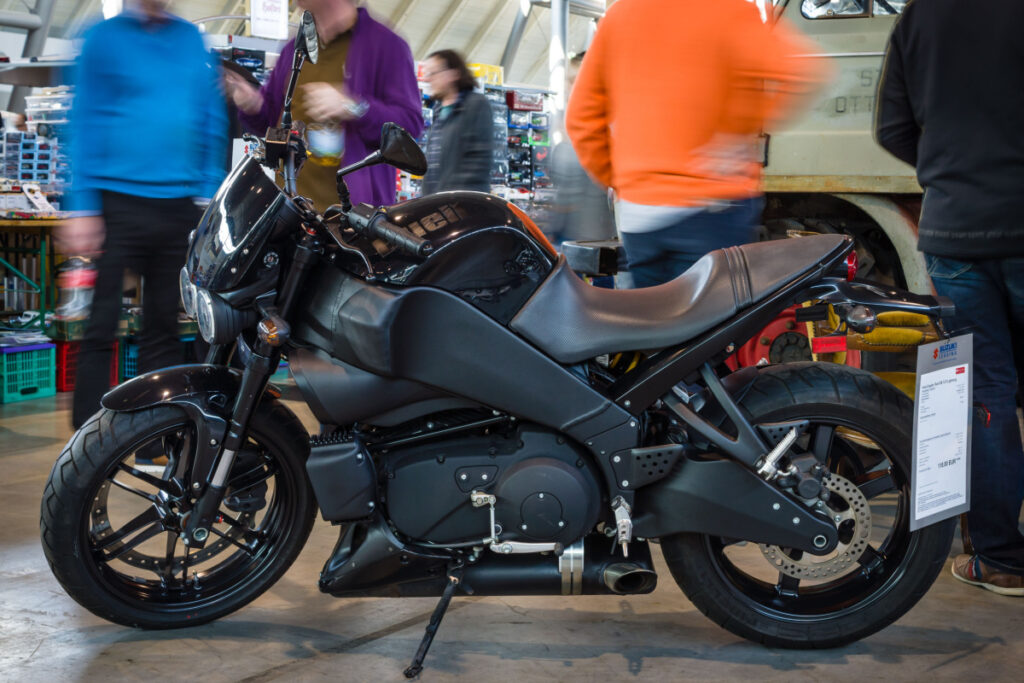
Despite its great handling, this bike’s high center of gravity made it more likely to tip over during a crash, and its unorthodox brake system, with a single large-diameter disc, could catch riders unaccustomed to its unique characteristics off guard.
This article originally appeared on MyCarMakesNoise.

